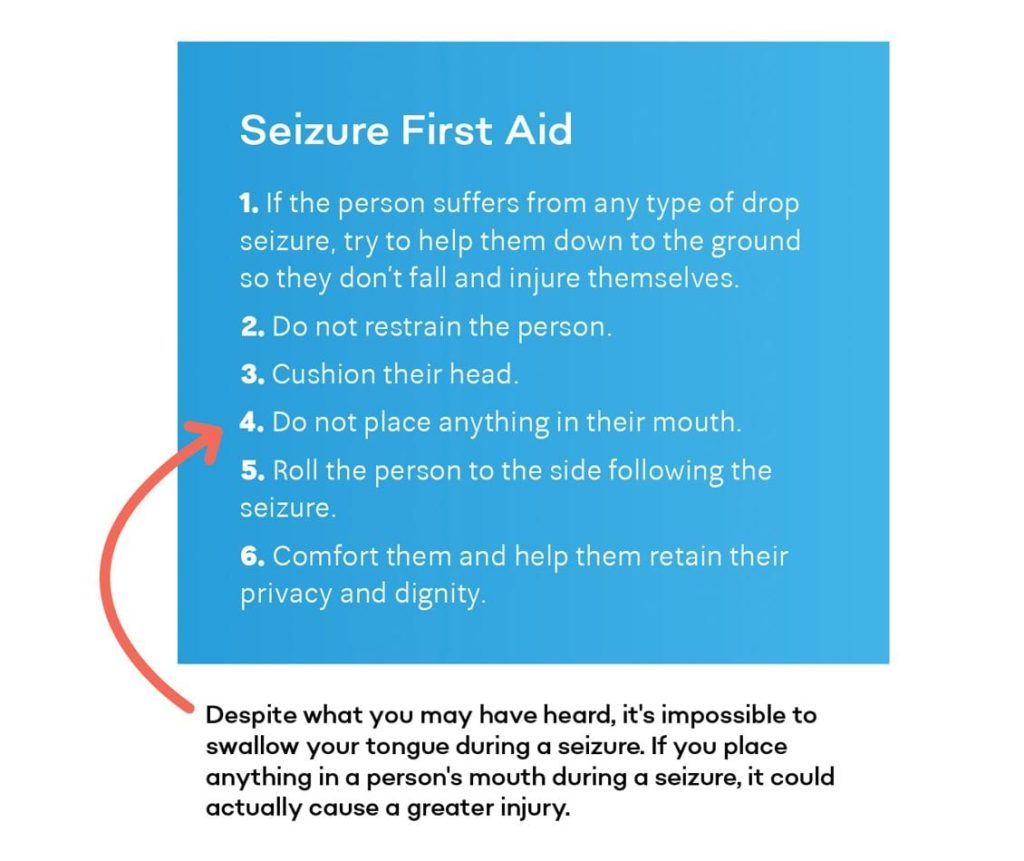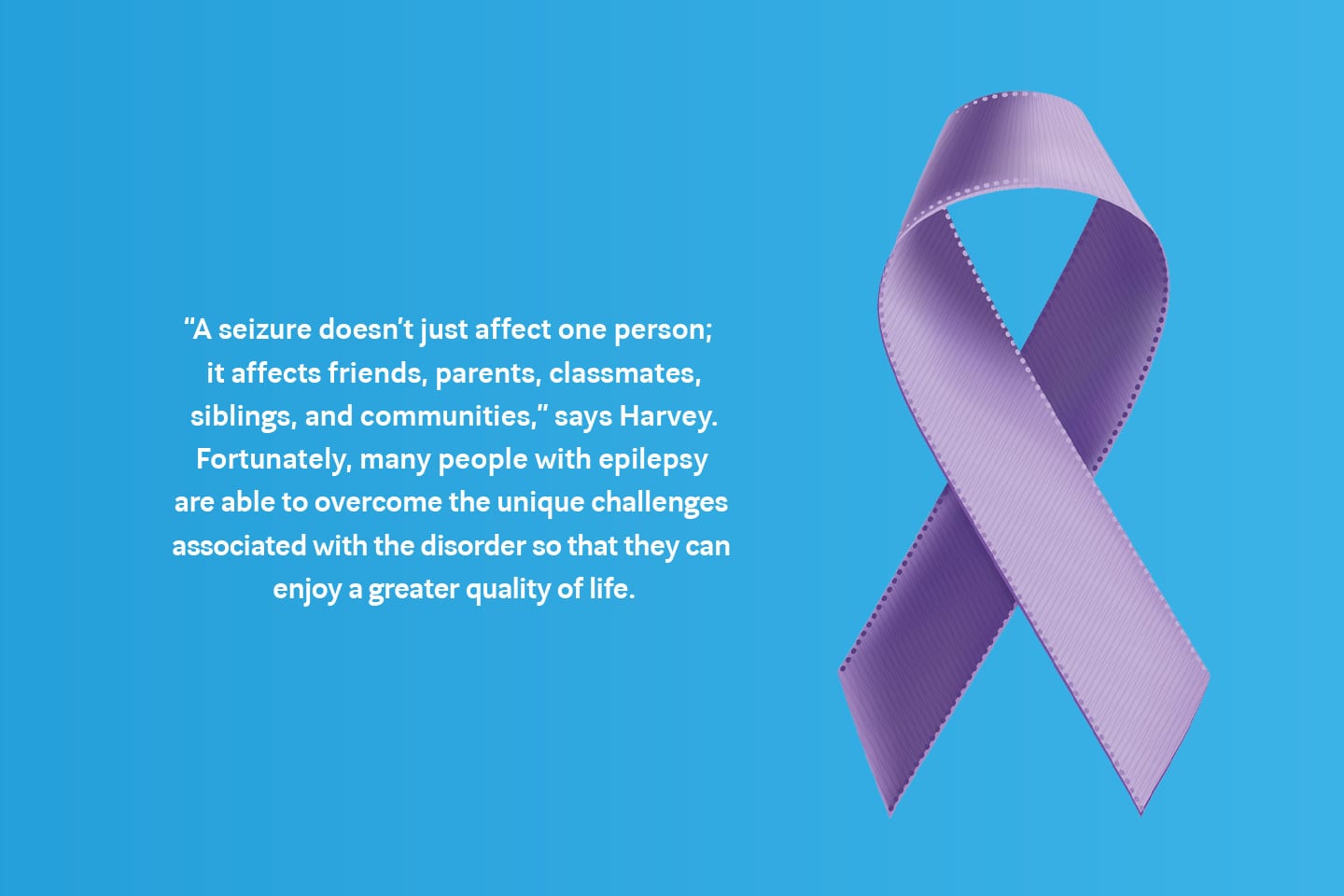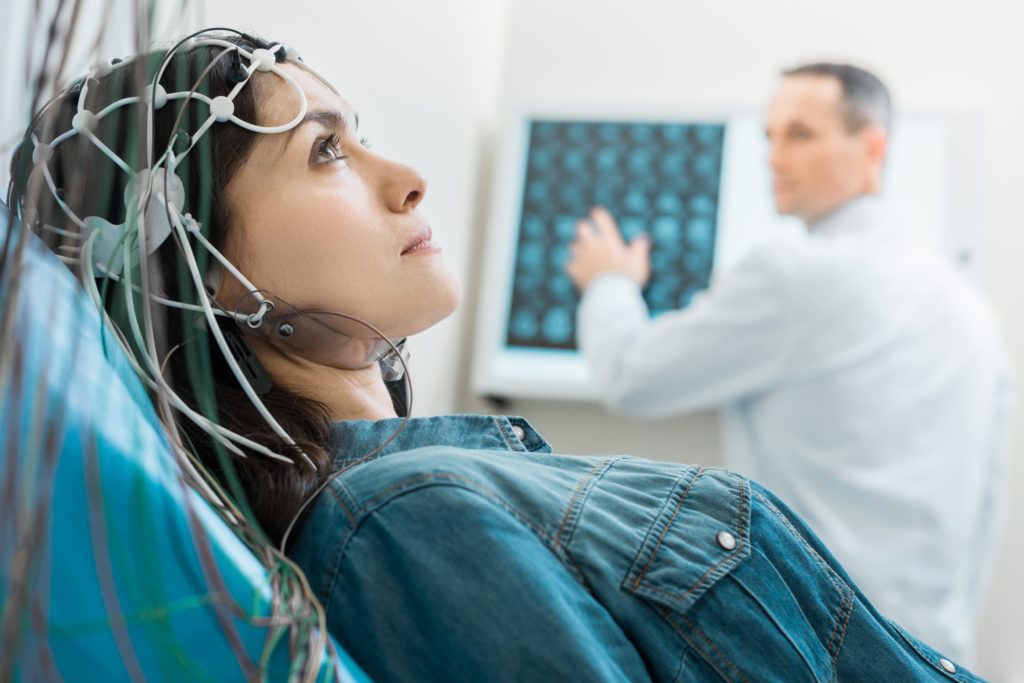All About Epilepsy



Neurologist,
Tennova Neurology – Cleveland
On the most basic level, epilepsy is a seizure disorder. Mark Harvey, director of programming for the Epilepsy Foundation of Southeast Tennessee, describes it as “a neurological condition marked by sudden, recurrent episodes of sensory disturbance.” In layman’s terms, he explains, “It’s an electrical storm that happens in your brain, and the result is a seizure that will look different for everyone.”
by Nicole Jennings
At present, doctors diagnose a person with epilepsy when they’ve had at least two unprovoked seizures. This means they were caused by an electrical system malfunction in the brain, not by a known medical condition like drug or alcohol withdrawal, a high fever, sleep deprivation, or extremely low blood sugar.
Sizing Up Seizures


Not all epileptic seizures are the same – they have distinct symptoms and involve different levels of awareness. Some cause full body convulsions, while others may leave a person staring into space for a few seconds. “All seizures represent abnormal electrical discharges, but not all seizures manifest in the same way,” explains Dr. Taylor Bear, neurologist with Tennova Neurology – Cleveland. They can be divided into two broad types – focal (or partial) and generalized, and they’re categorized based on how and where they begin in the brain.
Focal Onset Seizures
Focal onset seizures are the most common type of seizures experienced by individuals diagnosed with epilepsy, and they start in one area on one side of the brain. Depending on the subtype – which includes focal aware seizures and focal impaired awareness seizures – there’s a chance you’ve seen someone suffer from a focal onset seizure without even noticing.



A focal aware seizure means the sufferer is awake and alert during the seizure – there’s no loss of consciousness. While a focal aware seizure is happening, the sufferer may feel “frozen” or unable to respond. Focal aware seizures are short, typically lasting less than a minute. At the end of the seizure, the person affected will likely remember what just happened and be able to return to whatever they were doing before it began.
Focal impaired awareness seizures may result in a loss of consciousness. Typical symptoms are a lack of awareness and blank stares. If subtle enough, you might think the sufferer is daydreaming. During this type of seizure, which can last anywhere from 30 seconds to three minutes, most people exhibit some sort of involuntary movement called automatisms. They might move their mouth, rub their hands together, or pedal their legs as if on a bicycle. Some who suffer a focal impaired awareness seizure may feel tired or confused following the episode.
Generalized Seizures
Generalized seizures affect both sides of the brain–the seizure activity is more widespread. There are six subtypes of generalized seizures including absence, tonic, atonic, myoclonic, clonic, and tonic-clonic.
Absence seizures, formerly known as petit mal seizures, are most common in children. They last a few seconds, cause lapses in awareness, and can happen multiple times a day. Because they’re often so short-lived, they can be hard to detect and are often mistaken for daydreaming. After the seizure, the person won’t remember it.
Tonic seizures are a sudden stiffening of the body, arms, or legs. These are brief, often no more than 20 seconds, and tend to happen while a person is sleeping. A person may or may not lose awareness.
Atonic seizures are also called “drop seizures” or “drop attacks.” A sudden loss of muscle tone causes a person to go limp and fall, but there are no convulsions. It can affect just the head or the entire body. These seizures include at least partial loss of awareness and last 15 seconds or less.
Myoclonic seizures are spastic, jerking muscle convulsions – for instance, a foot kick or a shoulder shrug. During one of these seizures, the sufferer is usually awake and aware. Myoclonic seizures last one to two seconds and are easily mistaken for idiosyncratic tics or clumsiness.
Clonic seizures are a rare, rhythmic jerking of the whole body or parts of the body. They could last up to a minute and could cause a person to lose control of bodily functions. It can be difficult to differentiate a clonic seizure from a myoclonic seizure, but with clonic, the jerking is more regular and sustained.
Tonic-clonic (formerly grand mal) seizures are what most people picture when they hear “seizure.” During one of these, an individual loses consciousness, muscles stiffen, and jerking movements are seen. If standing, the person will fall to the ground. Generally, a tonic-clonic seizure lasts one to three minutes, though it can take longer to recover afterward. If a tonic-clonic seizure lasts more than five minutes, it’s a medical emergency.



Diagnosis & Treatment



As with any disorder, accurate diagnosis is your best chance for effective treatment. “If someone has a seizure once, it doesn’t automatically mean they have epilepsy,” explains Harvey. “If they have another seizure within a relatively short amount of time, their neurologist will start considering epilepsy as a diagnosis.”
To confirm, a doctor will take a patient’s medical history, perform neuropsychological tests, blood tests, and an electroencephalogram (EEG), which detects abnormalities in the electrical activity of your brain.
Other brain imaging tests like a computerized tomography (CT) scan or magnetic resonance imaging (MRI) scans are helpful too. These give detailed information about what the brain looks like and can help identify possible causes of seizures.
If diagnosed, the focus will shift to effective treatment – the goal is “no seizures, no side effects.” Most people with epilepsy can control their symptoms with medication. “Since each case is highly individual, our goal is to find a medication that’s appropriate for the specific patient,” says Dr. Bear. “Some medications may interact better with others the patient is taking, or one medication may work better with the particular type of seizure they experience.” Ultimately, the medication that works best depends on a number of factors like the type of seizures, their frequency, and the patient’s age.
Studies show 50-60% of those diagnosed with epilepsy can be seizure-free within the first year after beginning anti-seizure medication. Similarly, more than 50% of kids outgrow their epilepsy, and if advised by their doctor, could stop taking medication and never have a seizure as adults.
It’s not always easy to find the best medication the first time. Sometimes it can take a while to determine the right balance for your body, and you may have to try multiple before finding one that works.
Beyond that, medication isn’t the answer for everyone. “If a patient fails to respond to two or three medications, we generally start looking at other potential treatments,” explains Dr. Bear. “These can include neurosurgery, implantable devices, or even the adoption of a ketogenic diet.”
Living with Epilepsy
“A seizure doesn’t just affect one person; it affects friends, parents, classmates, siblings, and communities,” says Harvey. Fortunately, many people with epilepsy are able to overcome the unique challenges associated with the disorder so that they can enjoy a greater quality of life. According to a report published on the National Epilepsy Foundation website, 70% of children and adults with diagnosed epilepsy can be expected to enter remission following five years or more without a seizure while on medication. And of those not in remission, 80% of people can control epilepsy with other treatment.
Though there is currently no cure for epilepsy, the disorder can be effectively managed much of the time. Stay informed and work with your health care team to determine the best course of action for you.

